With the coronavirus closures in schools across the world, many moms and dads have become instant homeschool teachers to their own children. So here are 20 homeschool genealogy ideas to the rescue!
When you are homeschooling, there’s math, science, history, reading, spelling, writing, art, music, and more. Not to mention different grade levels. It’s enough to boggle your mind.
Have you got it all under control? Or could you use some ideas from BillionGraves to help pull all this curriculum together? Even grandparents can lend support to the new homeschooling parents.
Homeschool Genealogy Idea #1: Take Gravestone Photos
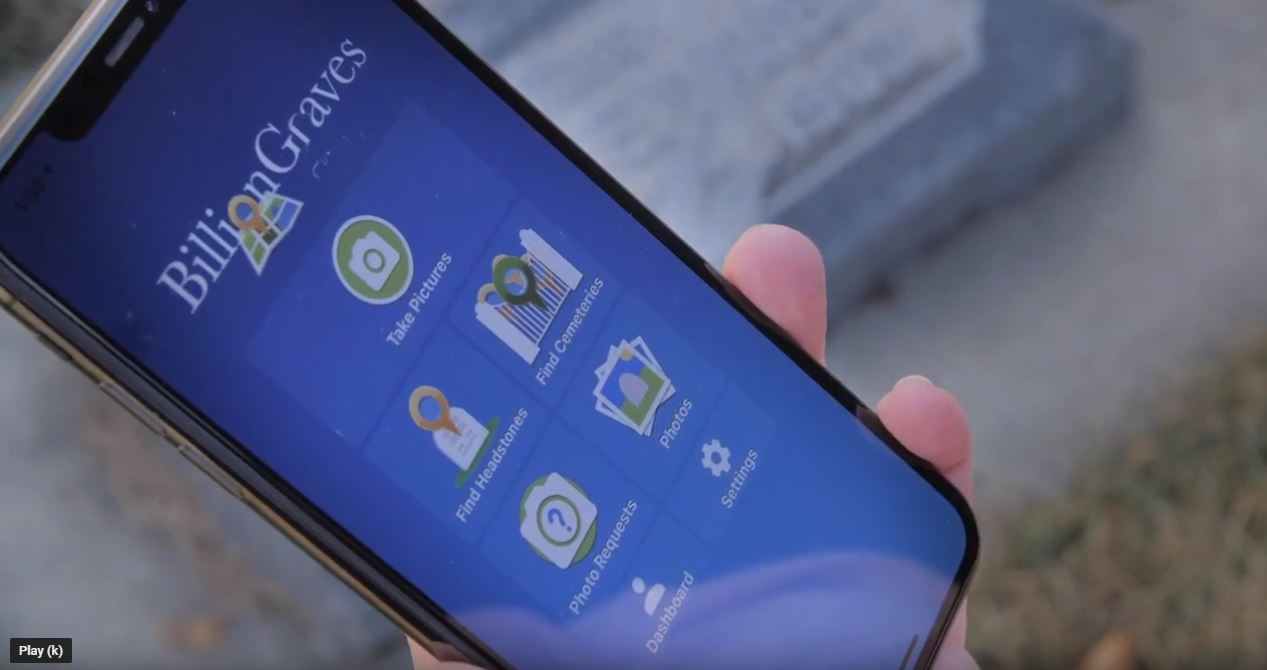
First idea: take photos of gravestones with the BillionGraves app! (You knew I was going to say that, didn’t you?) Seriously, it’s a great way for children and youth of all ages to learn together.
Older children can help calculate how much time it will take your family to document an entire cemetery (beginners take about 250 photos per hour). Younger children can use how to use a map.
Please be safe while volunteering in your area. Follow the guidelines issued by your local government and heed the advice of other credible sources regarding the coronavirus pandemic.
Click HERE for details on how to get started using the BillionGraves app and ideas to make this project fun for children.
Homeschool Genealogy Idea #2: Create a Timeline
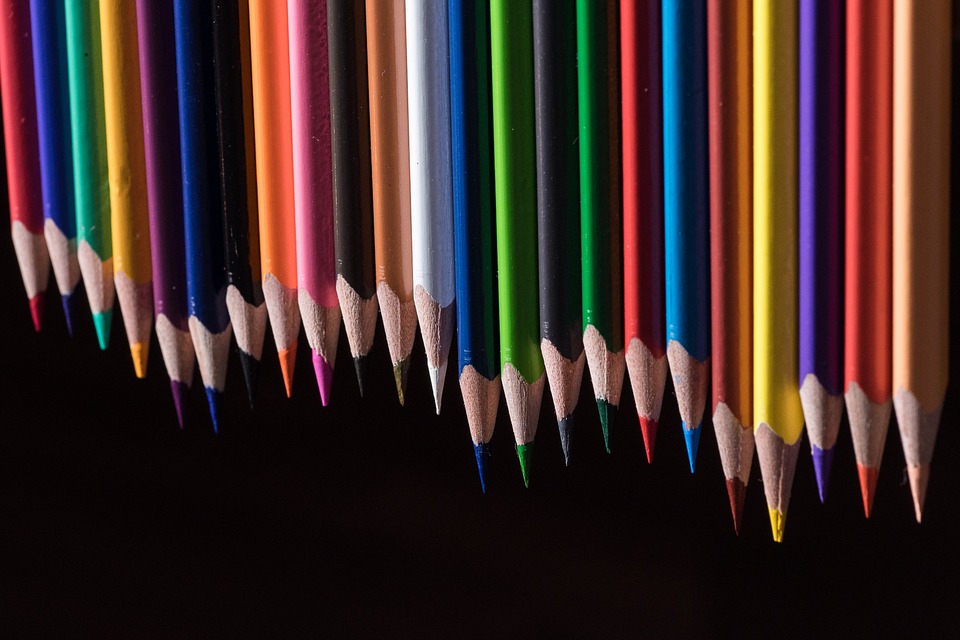
Draw pictures of interesting events from one of your ancestor’s lives and hang them down your hallway to create a timeline. Add their birth and death dates.
Which inventions existed during different ancestor’s lives?
Homeschool Genealogy Idea #3: Family Tree
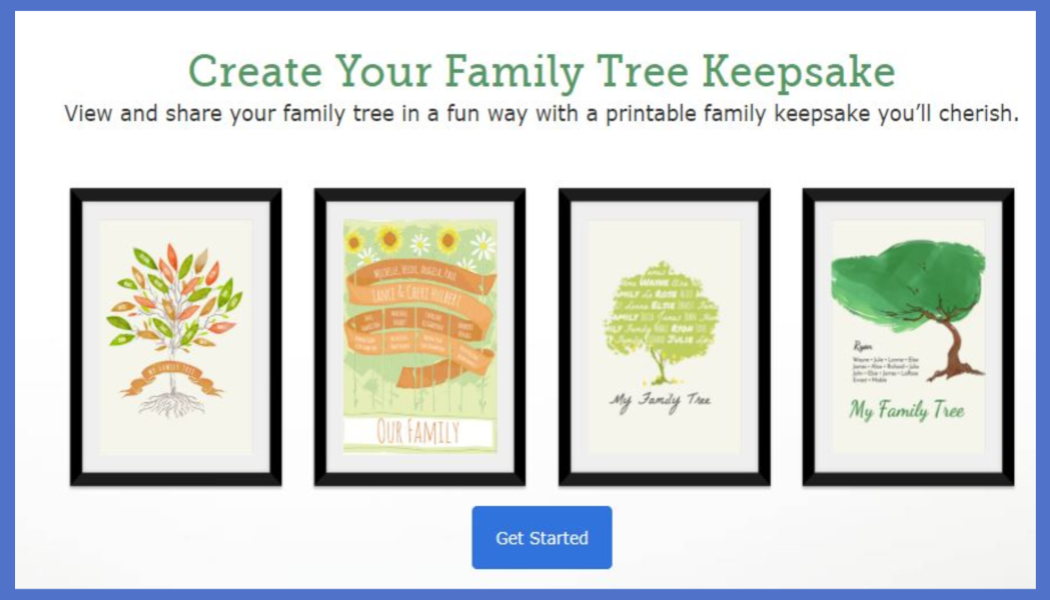
Create a family tree that will be “hang-on-the-wall-worthy” by clicking HERE.
Homeschool Genealogy Idea #4: Start a Journal
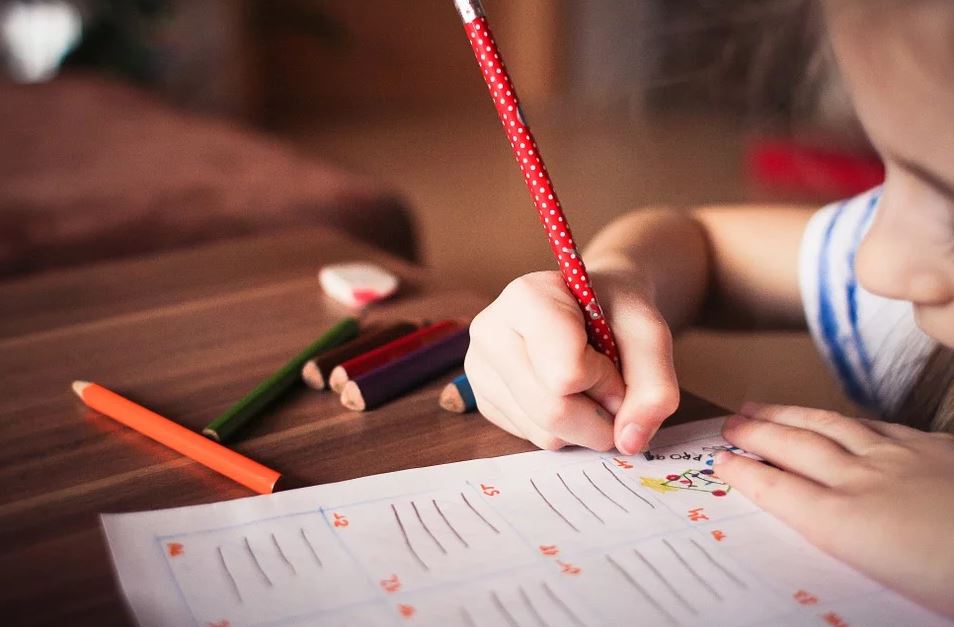
Family history includes YOUR history too!
Imagine your children one day telling their own children about their coronavirus quarantine homeschool days! If they start a journal now, they’ll have all the details.
Homeschool Genealogy Idea #5: Interview Older Family Members
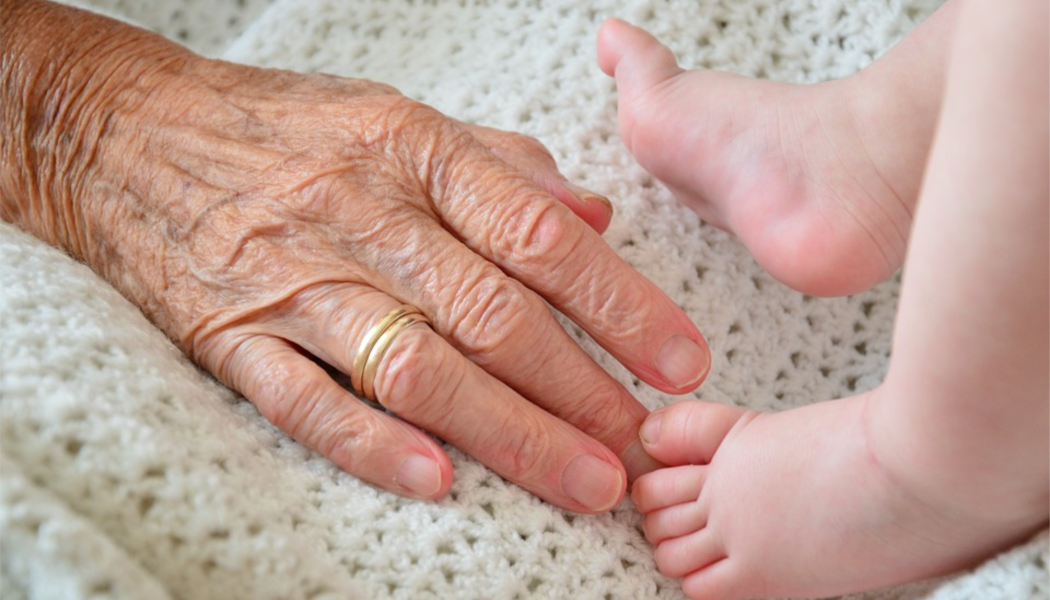
Have your children pick up the phone to call their grandparents or other older family members to learn about their history.
Click HERE for a printable list of interview questions.
Homeschool Genealogy Idea #6: Ancestor Memory Game
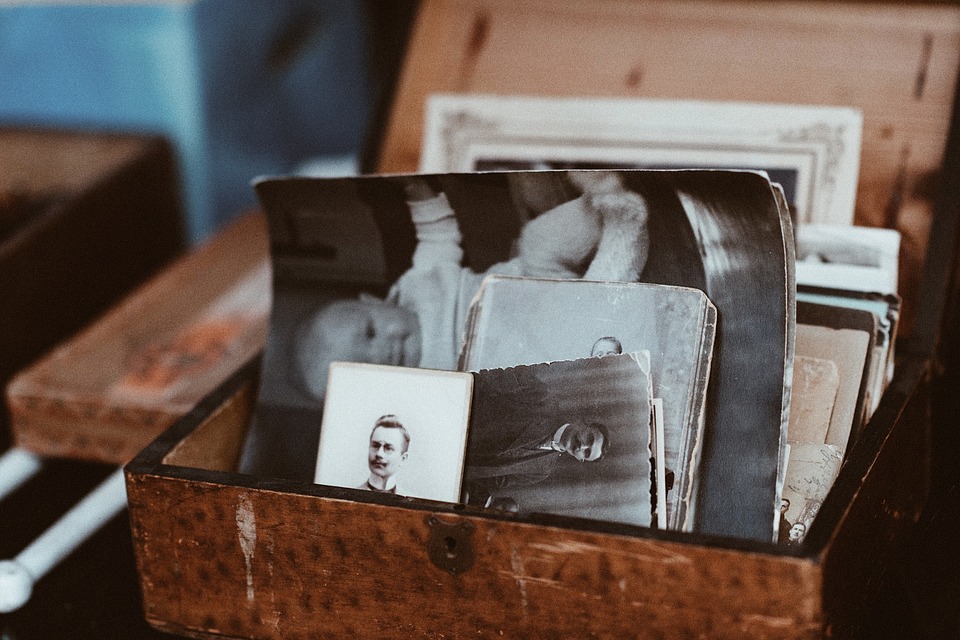
Print ancestor’s photos – two of each – to create a memory game. Children will connect with their ancestors as they match their images. For variety, try matching couples or siblings.
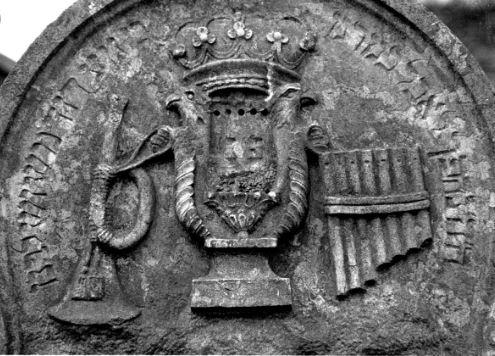
Homeschool Genealogy Idea #7: Gravestone Symbols
Here are some BillionGraves blog posts about gravestone symbols where you and your children can learn about different cultures and religions. Take turns guessing what the symbols mean before you read about them.
- Understanding Gravestone Symbols, Part I
- Understanding Gravestone Symbols, Part II
- Australian Gravestone Symbols
- Catholic Gravestone Symbols
- Irish Gravestone Symbols
- Understanding Jewish Gravestones
Homeschool Genealogy Idea #8: Heirloom Stories

Heirlooms make the past come alive! If you have some special treasures around your house, tell your children where they came from and how they were used. Then have them write a story about it.
Older children could research the time period the heirlooms are from or who invented them.
Homeschool Genealogy Idea #9: Let’s Dance!

Learn a song or dance that was popular during your ancestor’s lifetime. Watch a movie they may have watched. Have your children ever seen a silent movie?
Homeschool Genealogy Idea #10: Cook
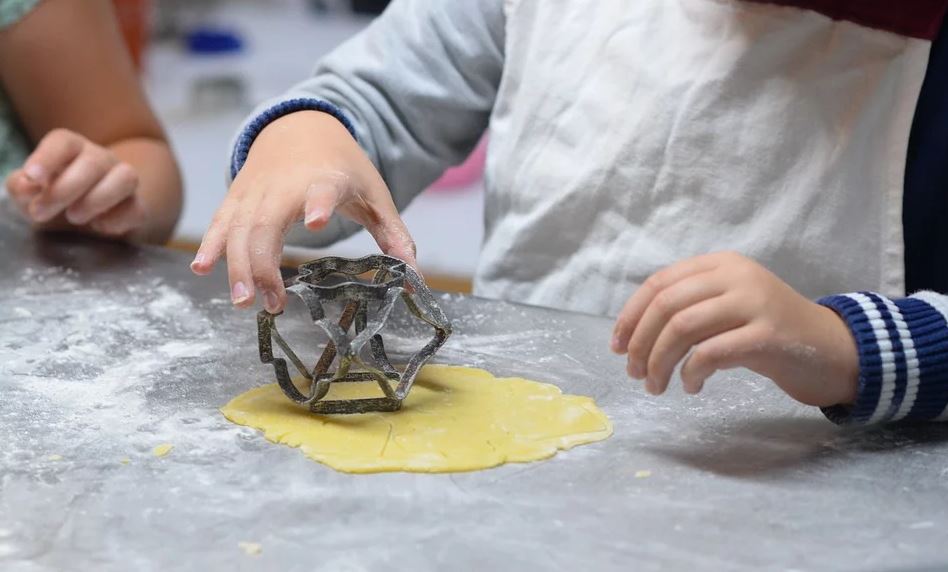
Food is an important part of your family’s heritage. It was at the heart of your ancestor’s home, celebrations, and holidays. Encourage your children to contact older family members to ask for recipes. Then make Grandma’s butter cookies or great-grandpa’s meatloaf together.
To discover additional recipes from your ancestor’s homeland, research international recipes online. Try eating it the way they would have eaten it – with chopsticks, from a family platter with their hands, or while seated on the floor.
Homeschool Genealogy Idea #11: Geography

Put a large map on your wall or floor. Add pins or stickers to the spots where your ancestors lived. Try one color for birthplaces and another color for final resting places.
Homeschool Genealogy Idea #12: Play Dress-Up

Children who dress up like their ancestors are likely to remember more about them. When you are ready to play the part, make-believe that you are leaving your port of departure to emigrate to a new nation.
Homeschool Genealogy Idea #13: Family Newspaper

Write stories for a family newspaper. Feature both living family members as well as ancestors. Include breaking news, sports, weather, human interest stories, religion, and finance sections.
Homeschool Genealogy Idea #14: DNA
Google DNA for kids. Teach them what it is and what it has to do with your ancestors.
If you have taken a DNA test let your kids know which nations they hail from. Have them make a pie chart for the percentages from each country.
Homeschool Genealogy Idea #15: Spelling
The spelling of names has not always been standardized. Sometimes our ancestors spelled their name one way at the beginning of a document and another way at the end.
If they didn’t know how to spell or write at all, they signed their name with an ‘X’.
Go to a cemetery and have your children turn their back to a gravestone. You say a name that is written on it. They try to spell it and then turn around to see if they were right. (Take some photos with the BillionGraves app while you are there!)
Homeschool Genealogy Idea #16: Money Matters

Find out how much your parents or grandparents paid for eggs or a quart of milk. Did they ever take out loans? If so, how much was the interest?
Did they keep a budget? Were they savers or spenders? What did they do to stretch their dollars during hard times? What was it like to live during the Great Depression? What was the most money they spent on something at one time?
How did the currency your ancestors used compare to yours? Did they barter or trade for the items they needed?
Pretend you are one of your ancestors and create a budget for your family.
Homeschool Genealogy Idea #17: Write a Letter to Your Future Self
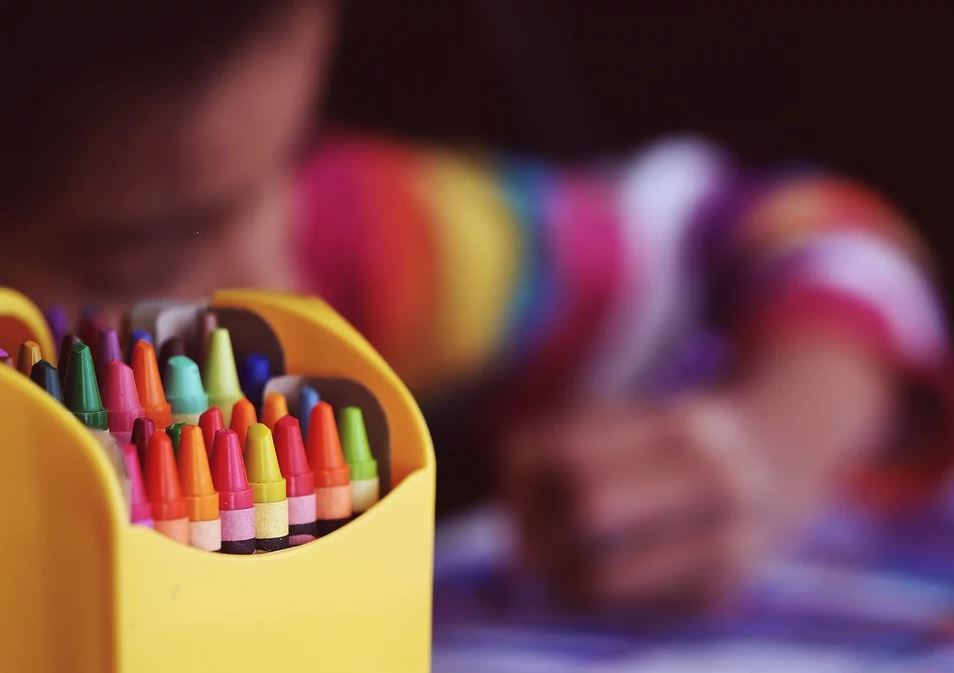
Write a letter to your grown-up self. Give yourself some good advice. Tell yourself about what you did today. Draw a picture of what you look like today and what you think you will look like when you are grown-up.
When you are done, put it in an envelope and label it with the date you will open it.
Homeschool Genealogy Idea #18: Study the Government of Your Heritage

This homeschool genealogy idea will help you and your children explore the forms of government used in your ancestor’s homelands. It may build an appreciation of your modern-day form of government.
Create a chart with the following questions and find the answers.
- What nations did your ancestors come from?
- Were their countries known for political freedom or repression?
- Did the people have a voice in their government during your ancestor’s lifetime?
- Has that changed over time?
- How did rulers come to power in their country?
- How did they stay in power?
Homeschool Genealogy Idea #19: Transcribe BillionGraves Records from Romania
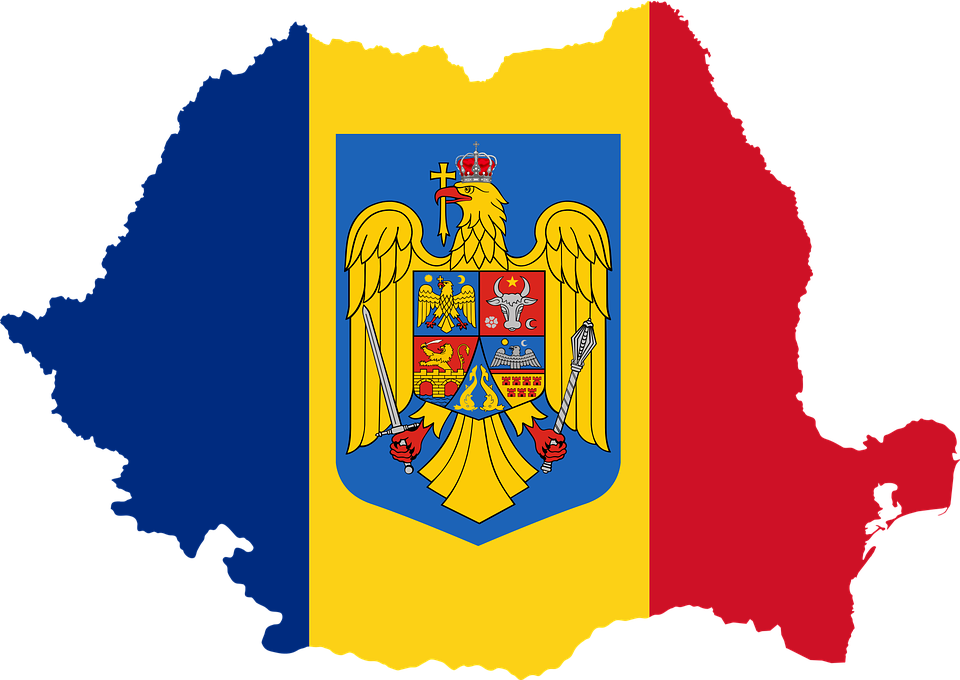
Thank you to all our existing wonderful BillionGraves transcribers! Hats off to thousands of you who work so hard to record the vital information from millions of gravestones year after year!
I can personally testify that BillionGraves transcribers are rock stars! Often when I have spent a few hours taking gravestone photos – and uploaded them at the cemetery – they are completely transcribed before I can drive a few miles to my home!
And that’s nothing to blink an eye at because with the BillionGraves app I can take up to 500 photos per hour. But thanks to YOU, bam. The names and dates are all recorded in less than ten minutes! You are amazing! And we appreciate you!
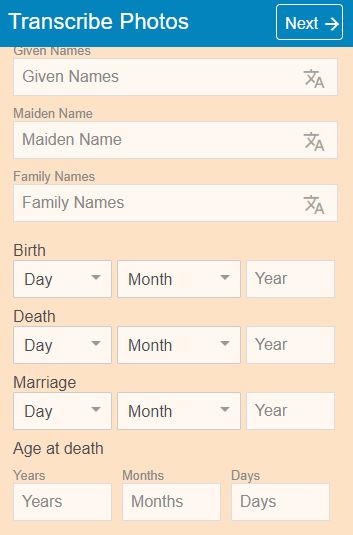
As a consequence of all this dedication and hard work, BillionGraves’ transcription queue is often empty. But there are some records from Romania that have been waiting around to be transcribed since 2014. That’s where you come in!
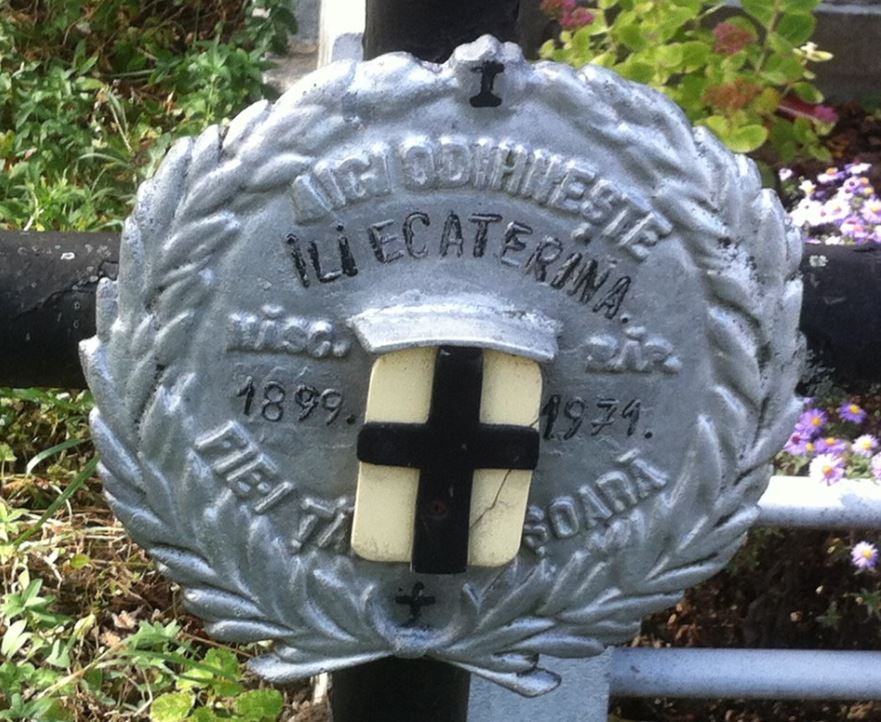
Since most of you probably don’t speak Romanian (and neither do I!), here are some tips to help you.
First, go to BillionGraves.com. Login or set up a new account. Hover over “Volunteer” in the toolbar and then click on “Transcribe” in the dropdown menu. At the top of the page, click on “country” and then select Romania from the list. At the top of the page, click on “done”. Then an image of a gravestone will appear.
Look for the name first. In the image above, the first name is “Ecaterina” (Catherine) and the last name is “Ili”. Notice that the last name is listed before the first name. If you are unsure which name is the first name, google “Romanian names” along with one of the names on the gravestone. The results will say “first name” or “baby names” if you are correct.
Next, enter the birth and death year on the transcription page. In Romanian the word “născut” means “born” and “decedat” means “died”. Sometimes the letters “n” and “d” will be engraved in place of the full words.
The words “aici odihneste” appear on almost every gravestone. “Aici” means “here” and “odihneste” means “rests”. So “aici odihneste” means “here rests”. (How did I know that? Google Translate! Wink.)
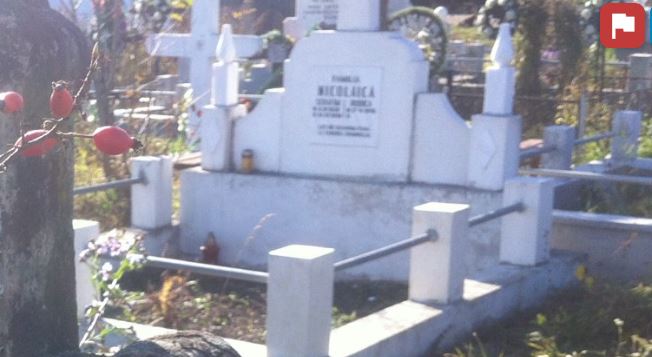
is for marking gravestone photos that are unreadable.
If a gravestone is unreadable, as many older ones are, click on the red flag on the upper righthand corner of the image (see image above). Select an option from the dropdown menu. The most common choices for this purpose will be either “the stone is unreadable” or “the photo is blurred”.
Not many of the Romanian gravestones have names with diacritics (accent marks above or below the letter) written on them, but if they do, you can just skip those images for now. (Unless you are familiar with diacritics and know how to type them on your keyboard!)
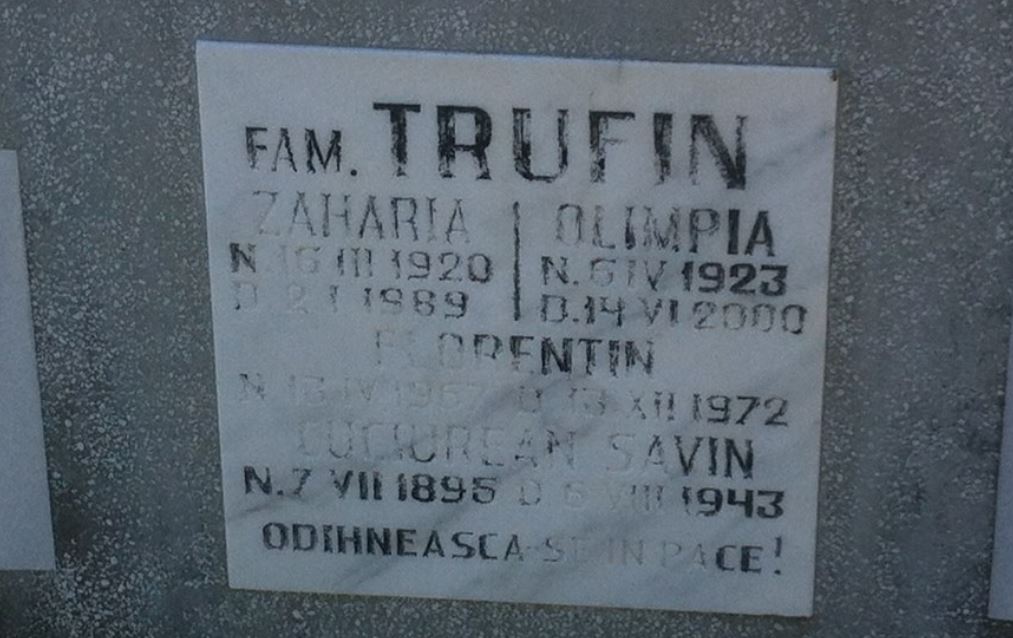
Roman Numerals for the Month
Many Romanian gravestones use both Gregorian and Roman numerals to record the date. The day is listed first in Gregorian numerals (1, 2, 3, etc.). Then the month comes next in Roman numerals.
You will only need to know the Roman numerals up to number twelve since there are only twelve months in the year. Here they are:
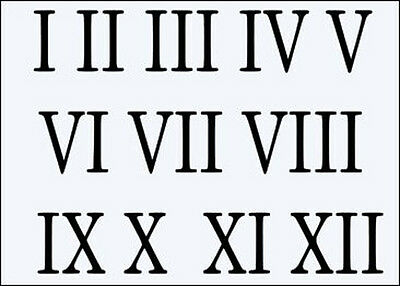
On the gravestone image above, “FAM” stands for “familie” in Romanian (or “family” in English) so the family name or last name of the people listed is “Trufin”.
And “odihnească-se în pace” means “Rest in Peace”. (Thank you, Google Translate!)
Ideally, we would love to have someone who speaks Romanian translate these Romanian gravestones. But since they have been waiting in the BillionGraves transcription queue for about five years, perhaps it’s your time!
(Sidenote: If the letters on a gravestone are written in another alphabet – like Chinese or Hebrew – and you only don’t know how to read those letters, you may be tempted to record only the dates and not the names. Please do not do this! Just leave those records in the transcription queue for someone else.)
Homeschool Genealogy Idea #20: Link BillionGraves Records with FamilySearch Records

This homeschool genealogy idea is for older children or youth with some family history experience.
Match BillionGraves Images with FamilySearch Records
1) Go to BillionGraves.com. Set up a free account.
2) Click on the large blue button that says, “Search BillionGraves.”
3) Click on “Cemetery Search.”
4) Enter the name of any cemetery into the search box.
5) A map of the cemetery will appear. Beneath the map will be the name of the cemetery. Click on it.
6) Click on “Volunteer.”
7) Select an image from the lower part of the page.
8) If the information has not yet been transcribed type it into the blank fields. If the record has been transcribed, click on the words “FAMILY SEARCH” beneath the name and dates.
9) A pop-up will appear so you can link the individual to FamilySearch.
10) Click “accept” if the record matches or “reject” if it doesn’t.
Congratulations! By accepting, you have just added a source for that individual in FamilySearch!

What if there is no FamilySearch match?
1) Open the FamilySearch website.
2) Click on “FamilySearch Tree.”
3) Click “Recents.”
4) Click “Add Unconnected Person.”
5) Fill in the information from the headstone in BillionGraves. Click “Next.”
6) Click “Create Person.”
7) Add BillionGraves as a source on the individual’s page, with the URL linking to BillionGraves record.
8) Go back to the original transcription page on BillionGraves and link to FamilySearch with the correct FamilySearch Person Identification Number (PID#).
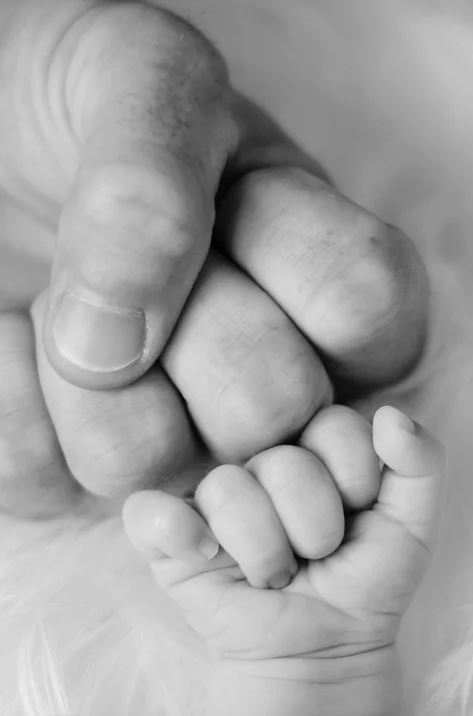
What has this accomplished? It has connected a source that is verifiable and a monument that is visual into sources for FamilySearch.
Every BillionGraves record is verifiable because it has a photo and has a GPS location that is always obtained by someone standing in front of the gravestone to take the picture.
Your service will allow family members to see exactly where their ancestor is buried. And then they will be able to find even more ancestors because about 70% of people are buried in family plots. So when descendants find their ancestors on a BillionGraves’ record they may also find cousins, sisters with different last names due to marriage, and even grandparents buried by babies that were, in fact, their grandchildren with different last names.
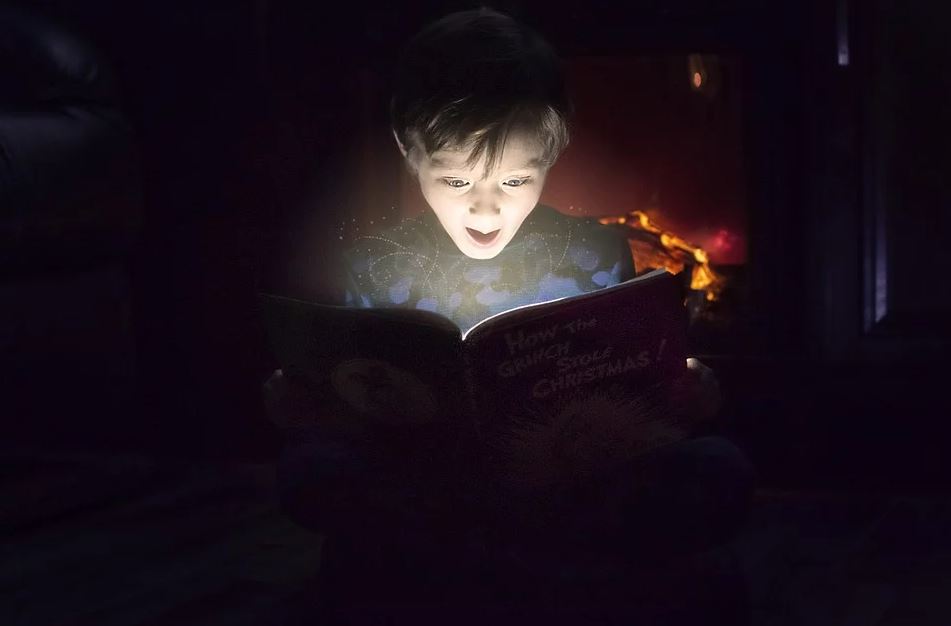
Homeschooling takes patience. And patience is more than just waiting, it is waiting with a good attitude. We hope these 20 homeschool genealogy ideas will help you during these challenging times.
Volunteer
If you would like to take gravestone photos, click HERE to get started. You are welcome to do this at your own convenience, no permission from us is needed. If you still have questions or concerns after you have clicked on the link to get started you can email us at Volunteer@BillionGraves.com.
Happy Cemetery Hopping!
Cathy Wallace


